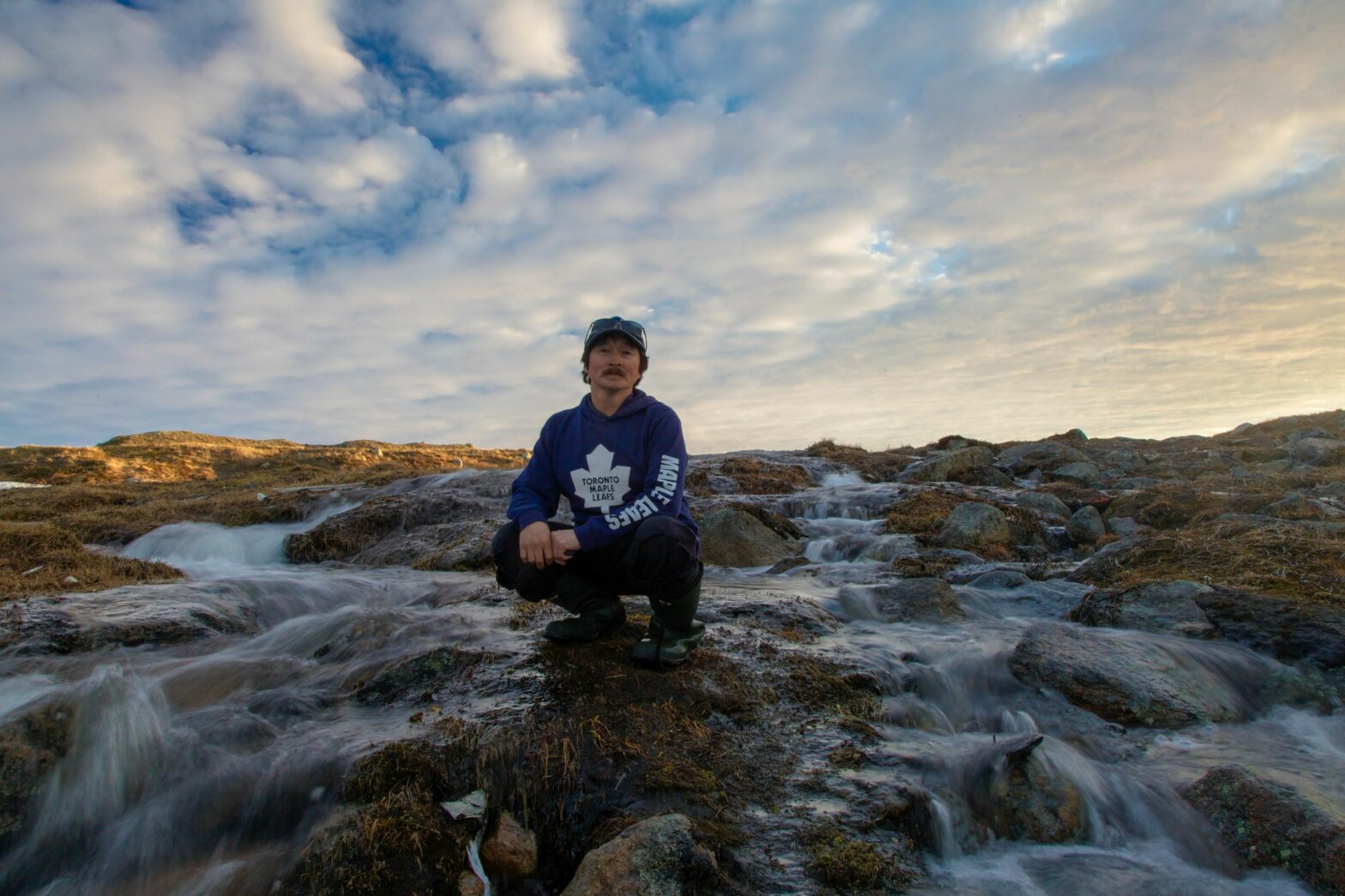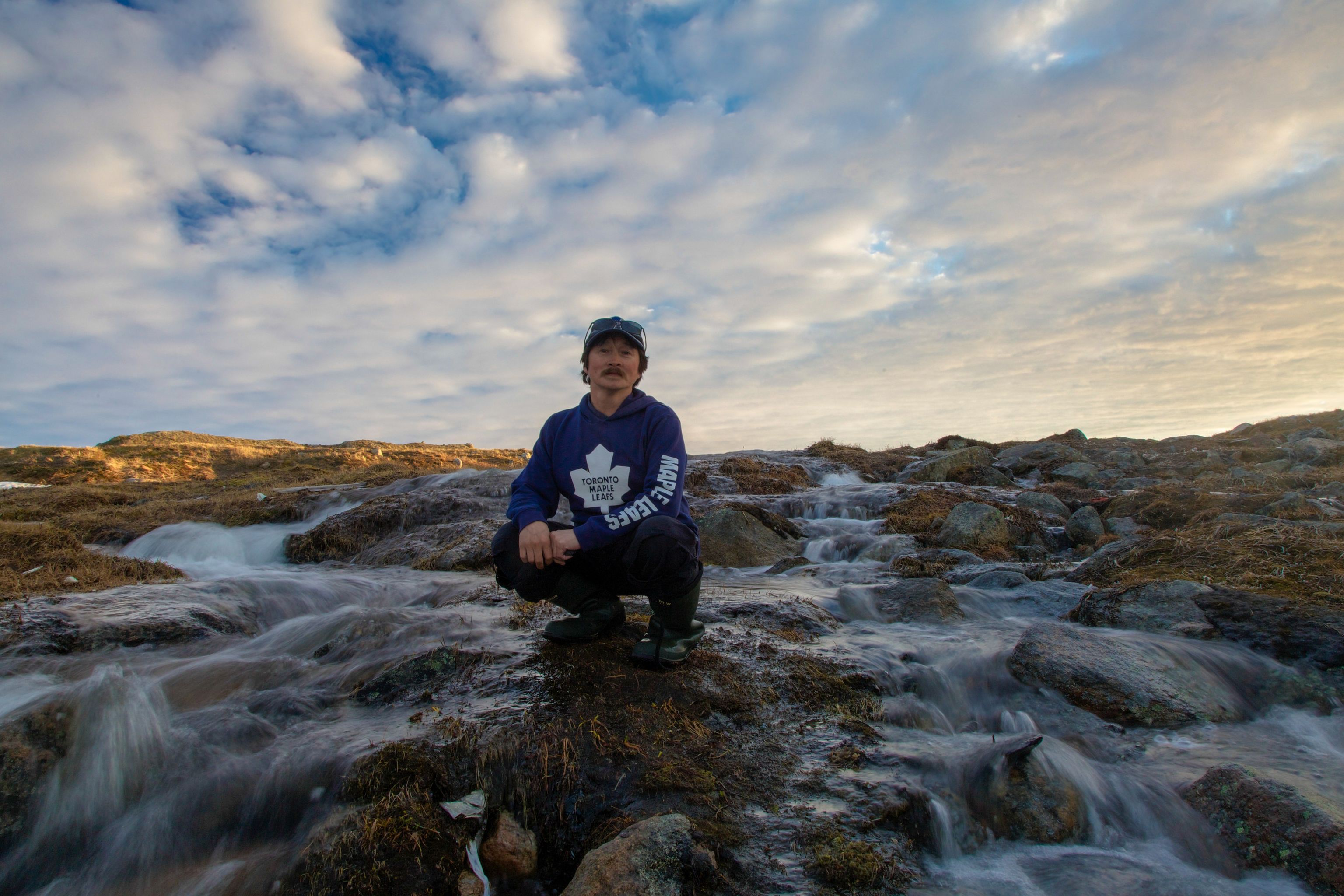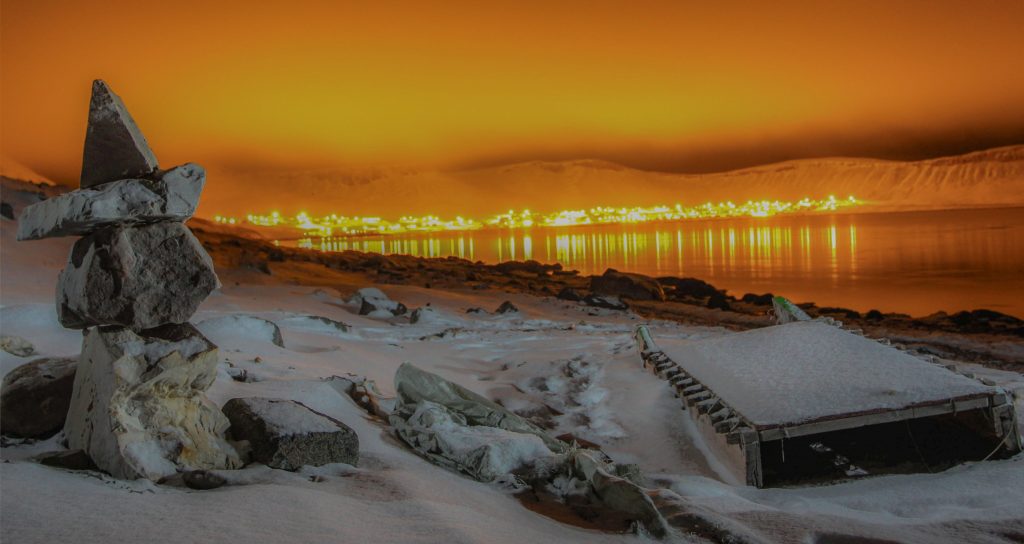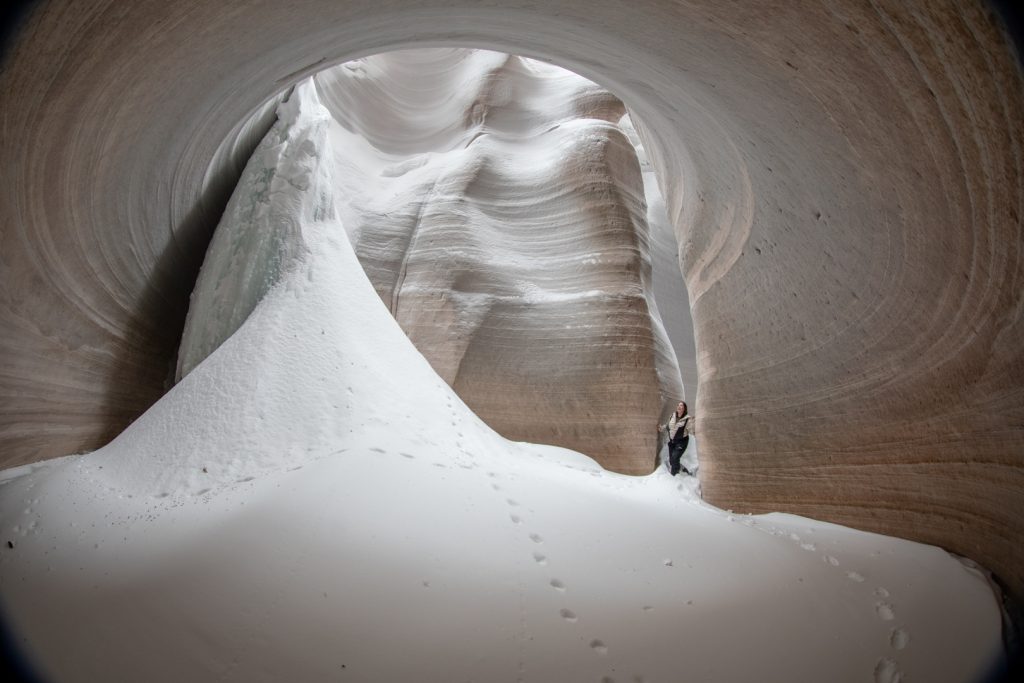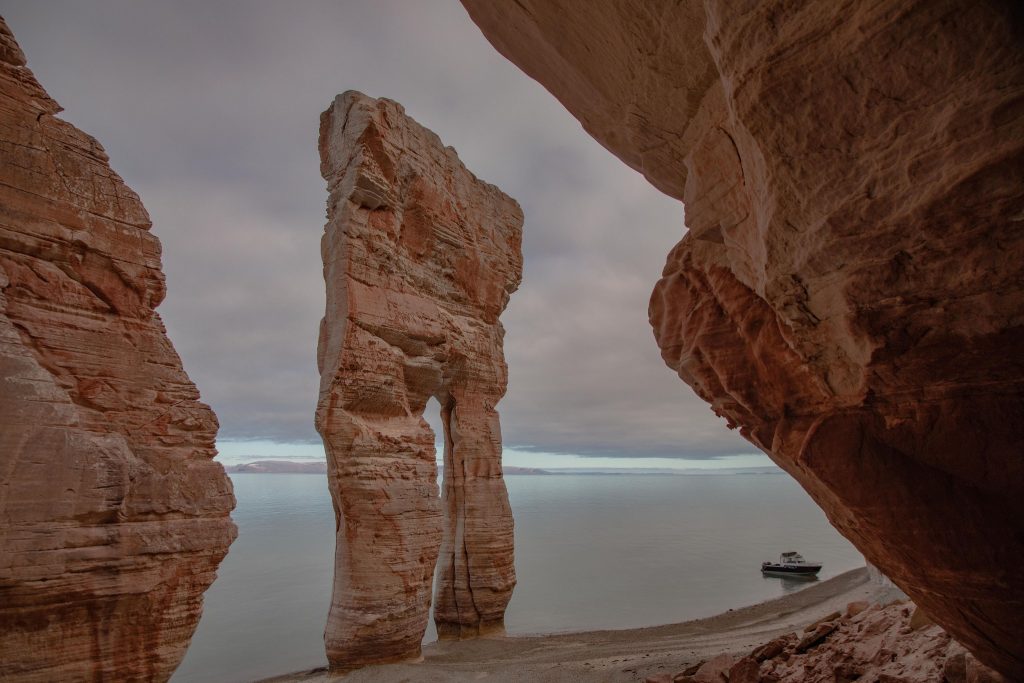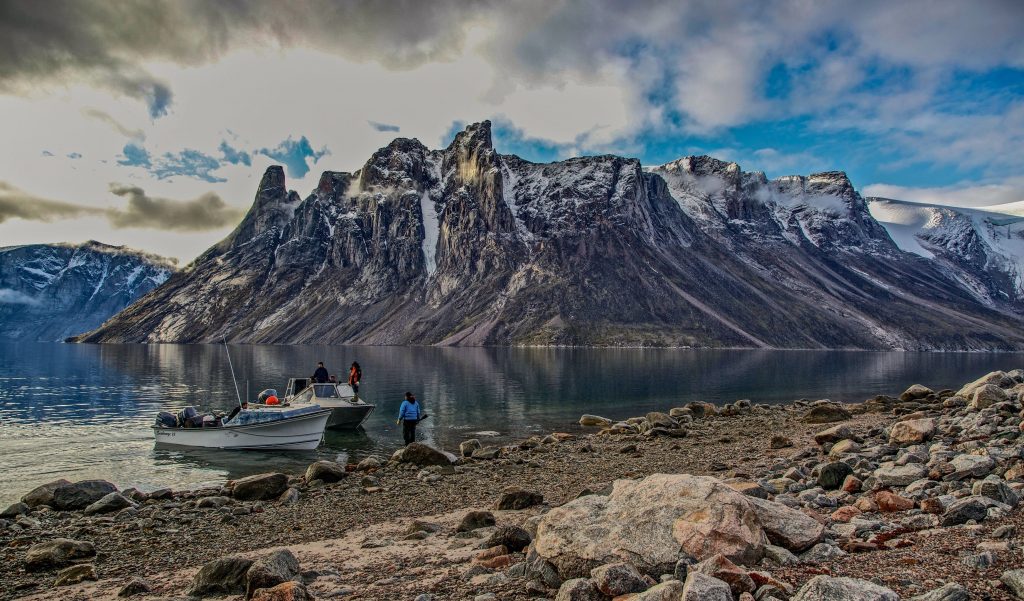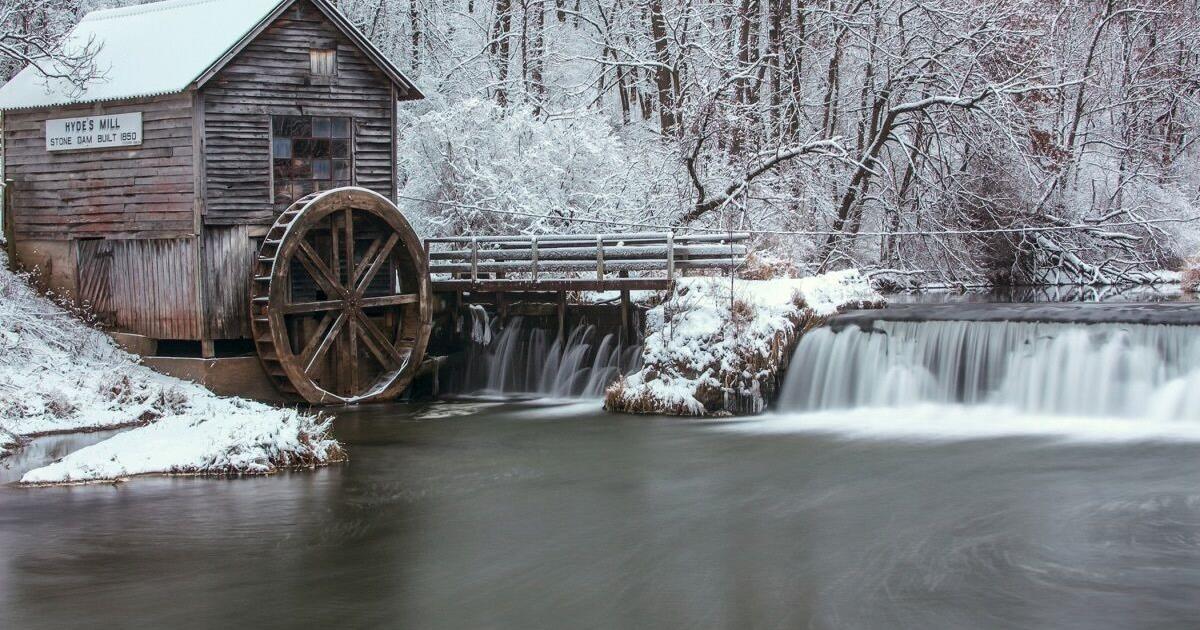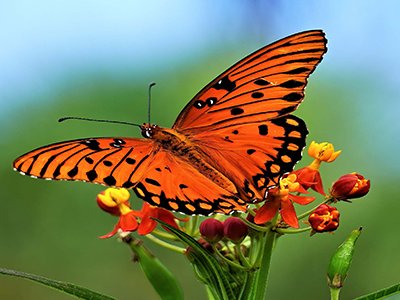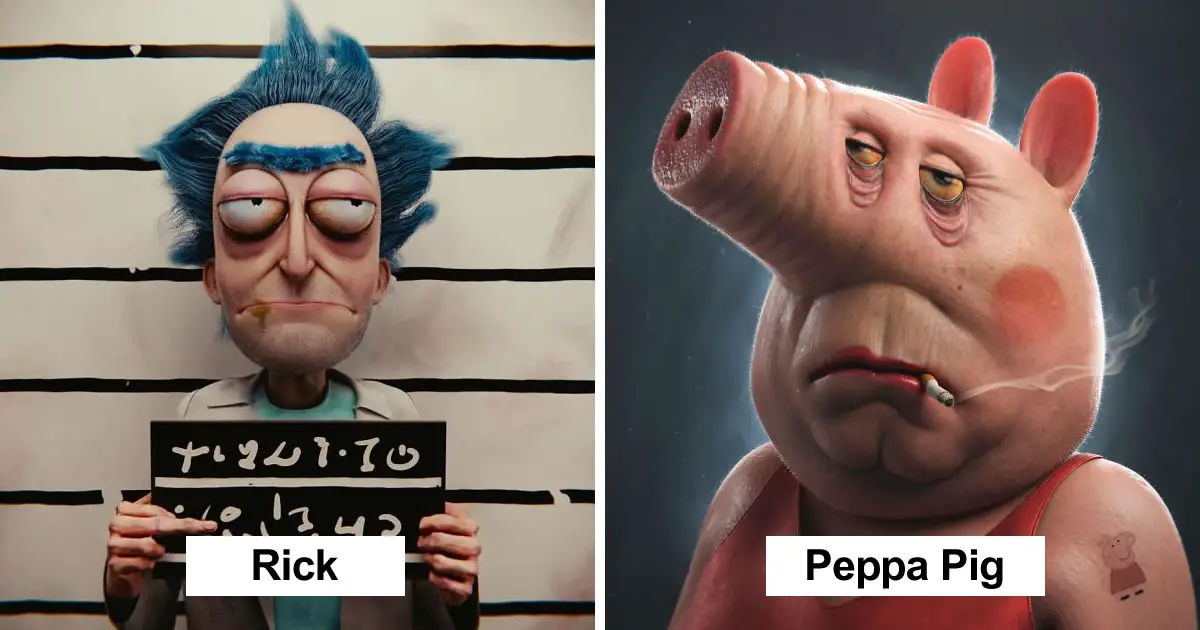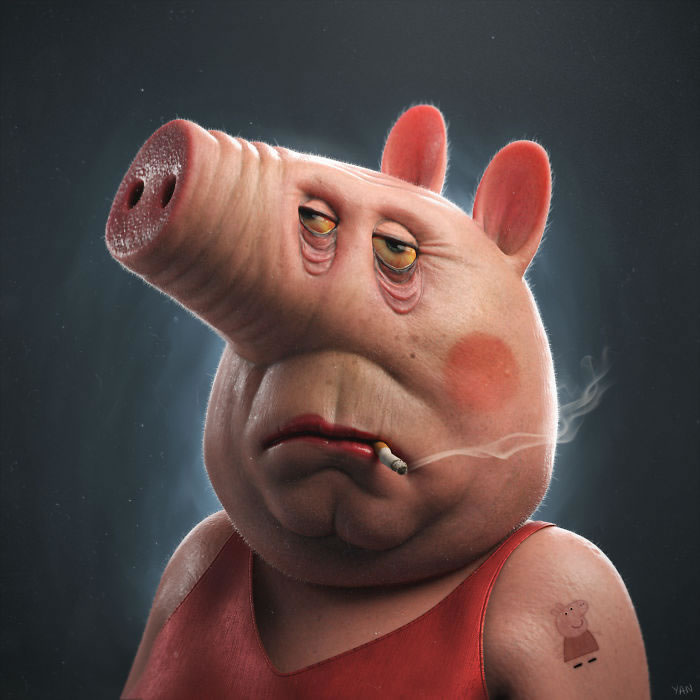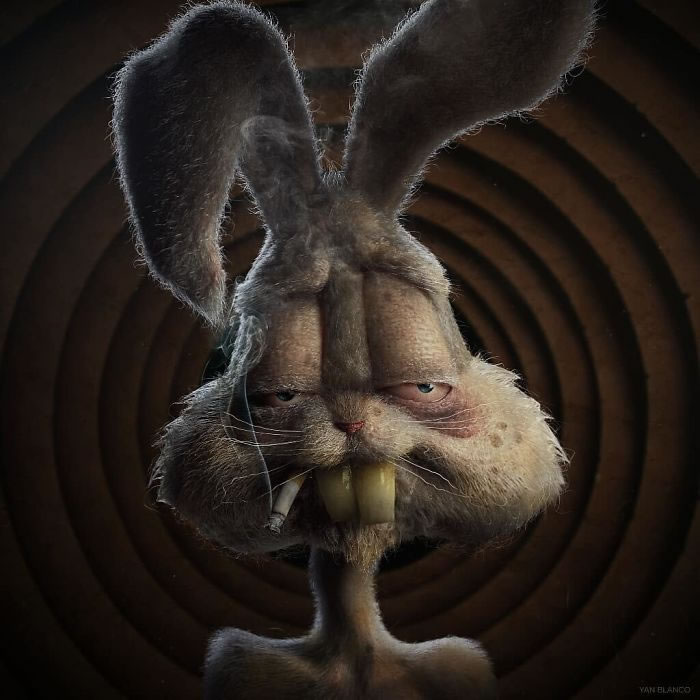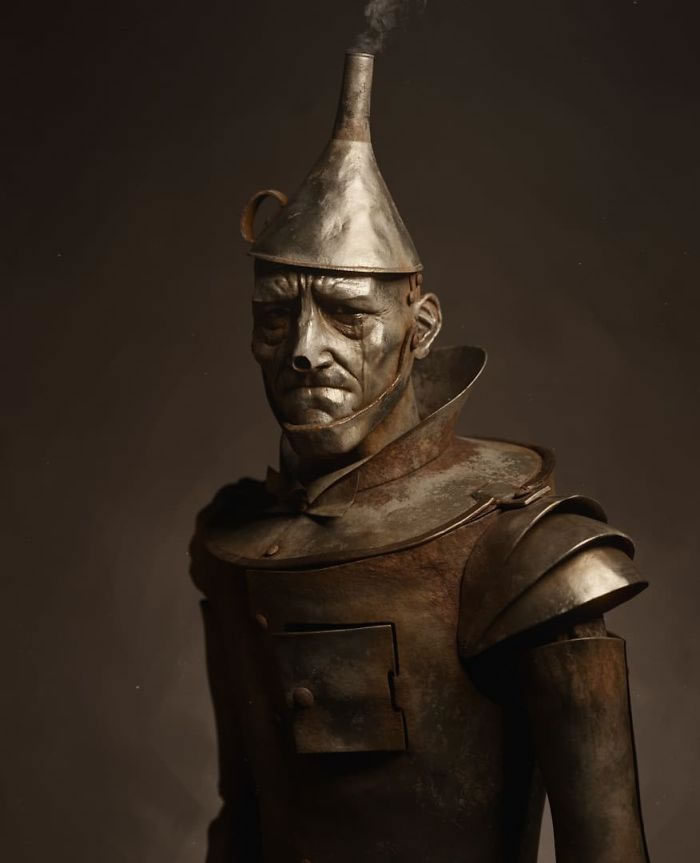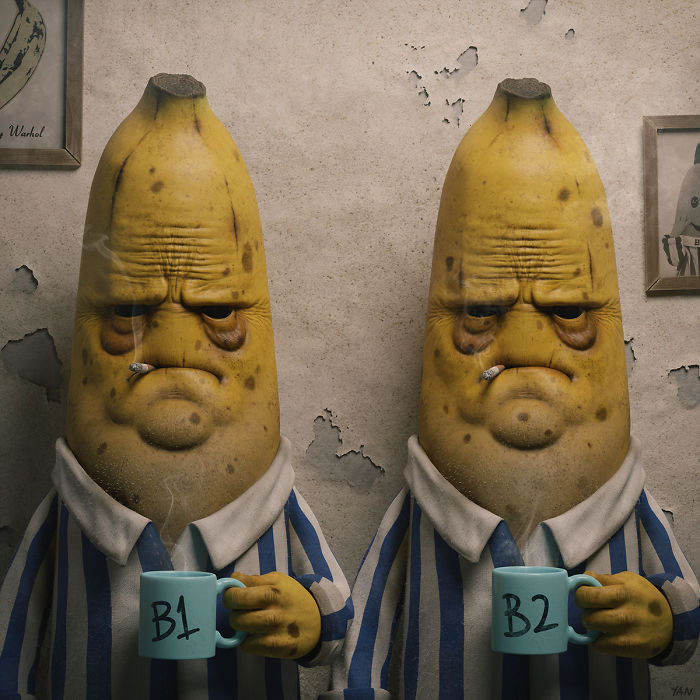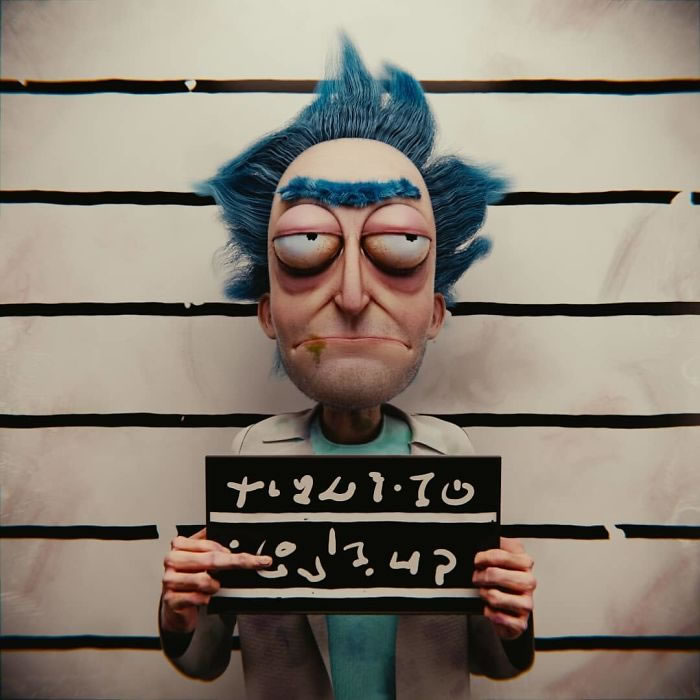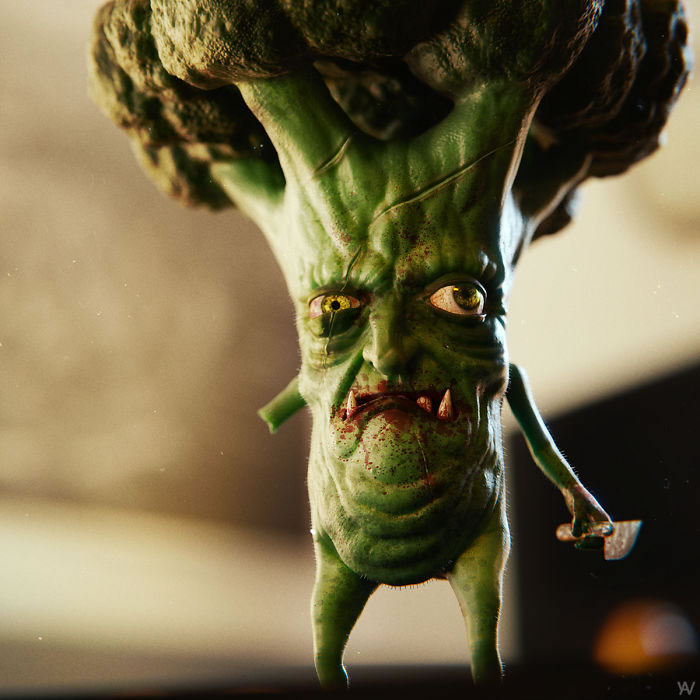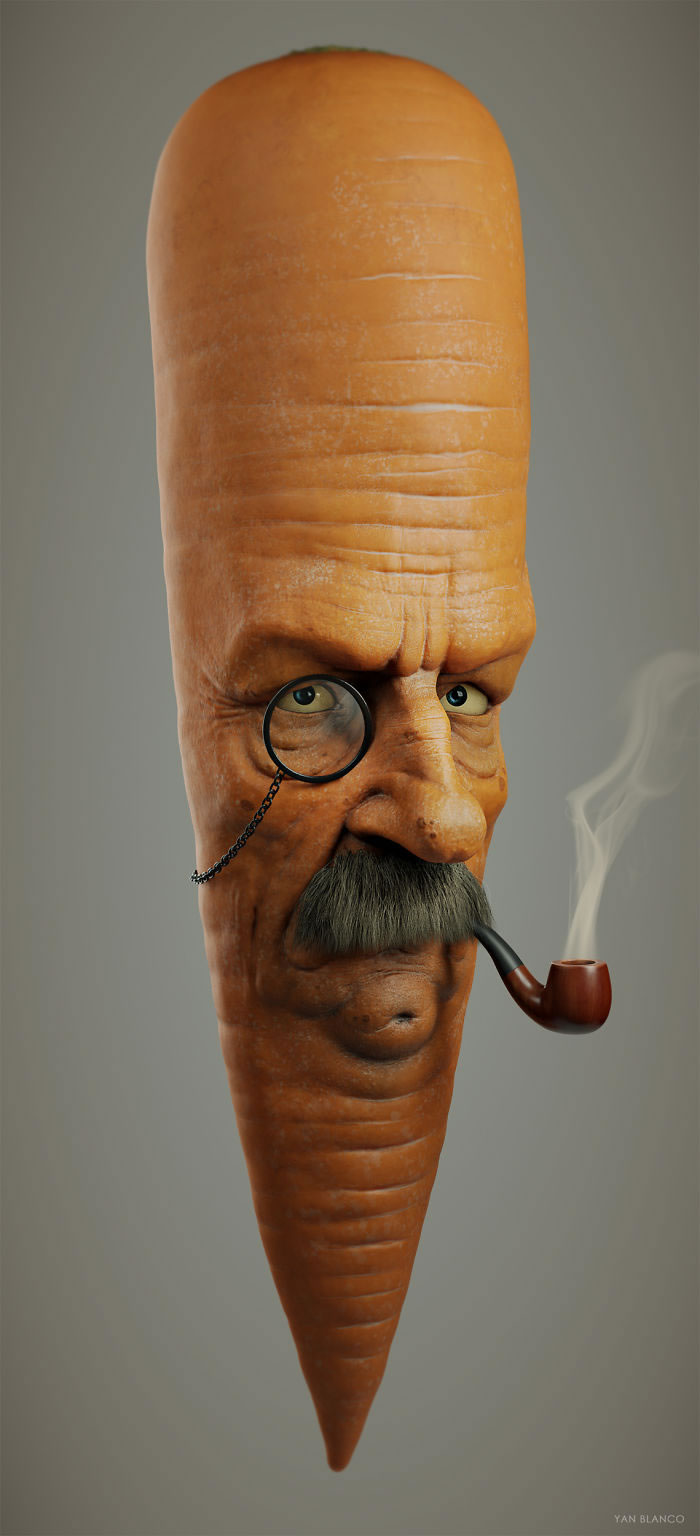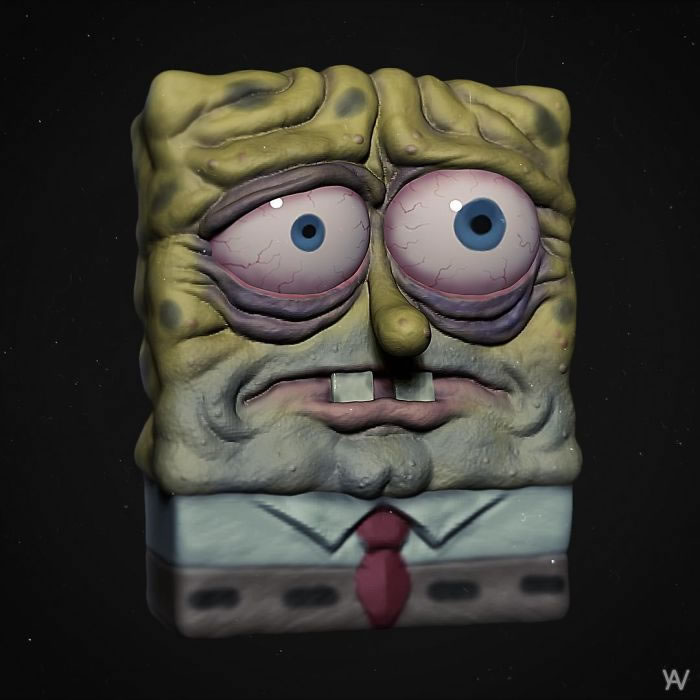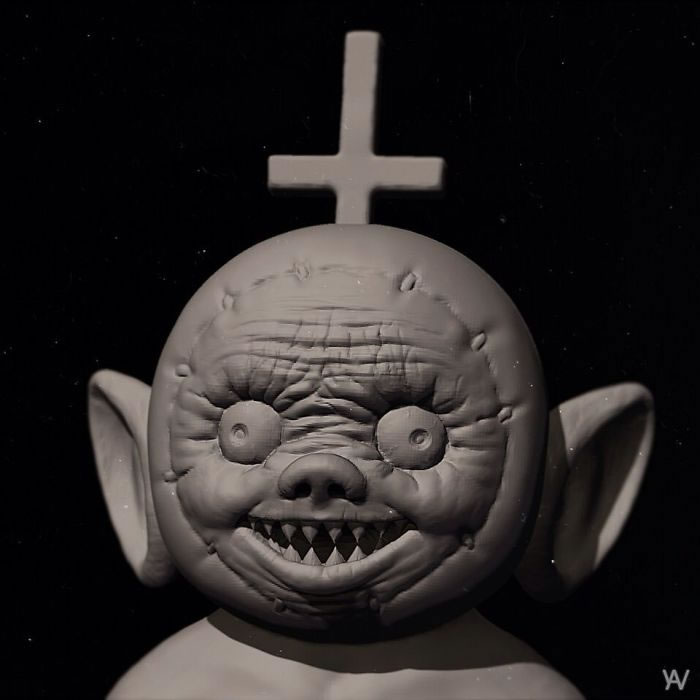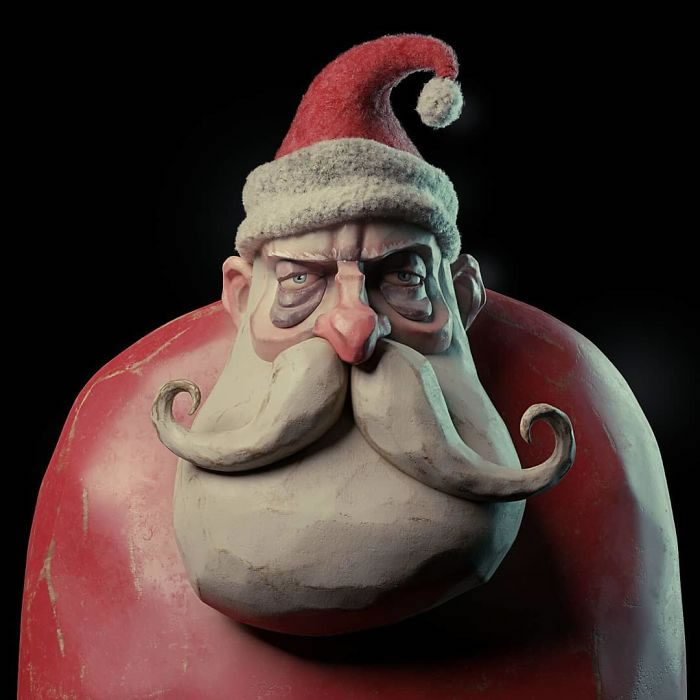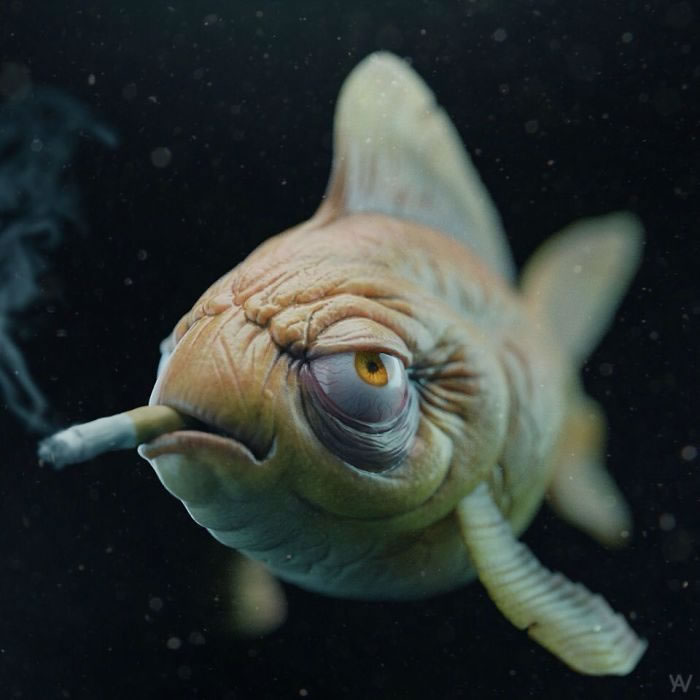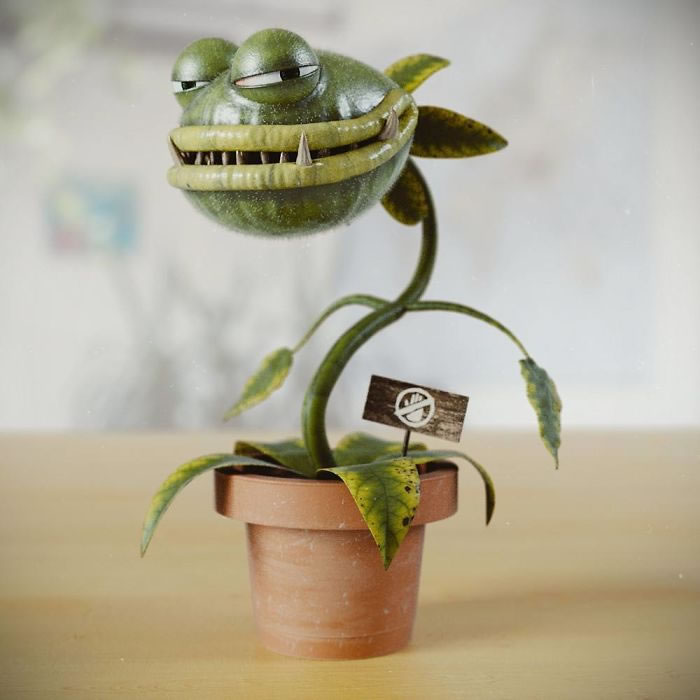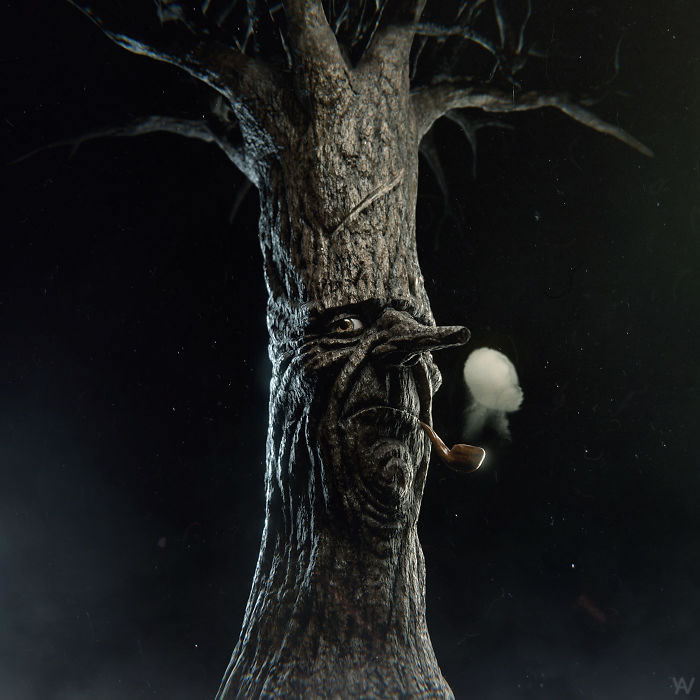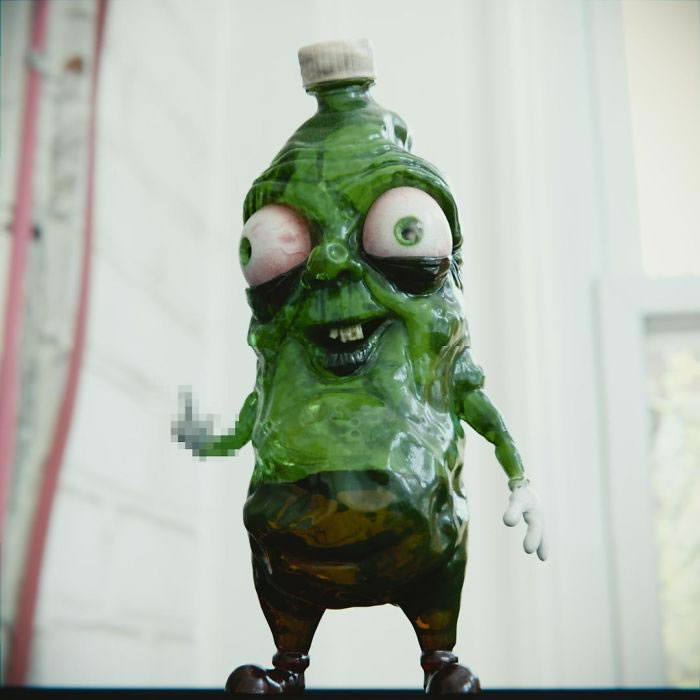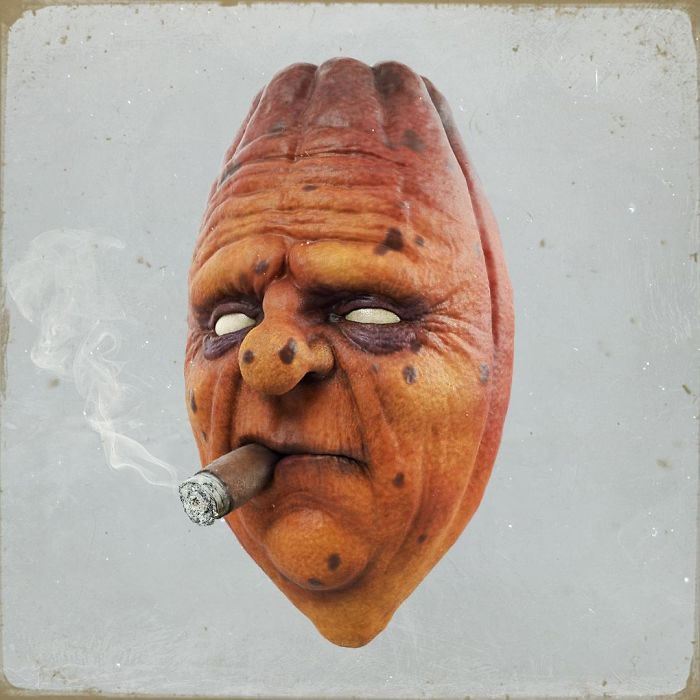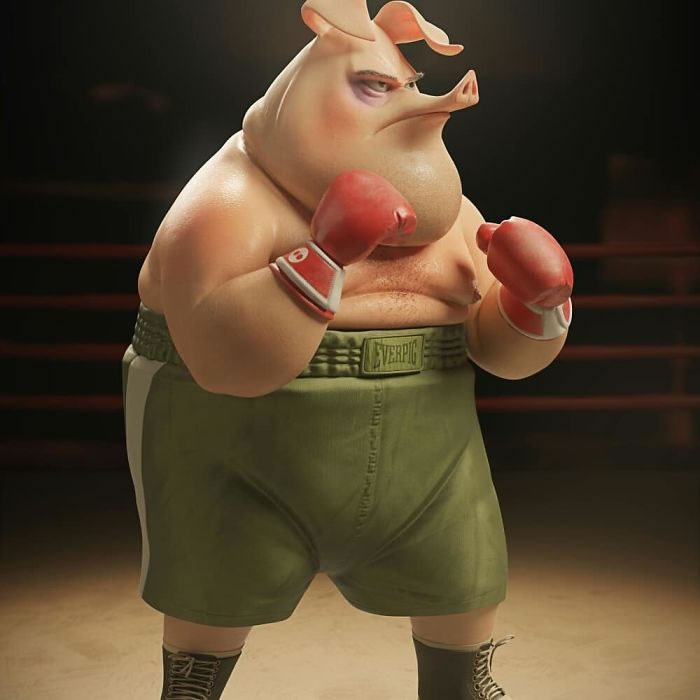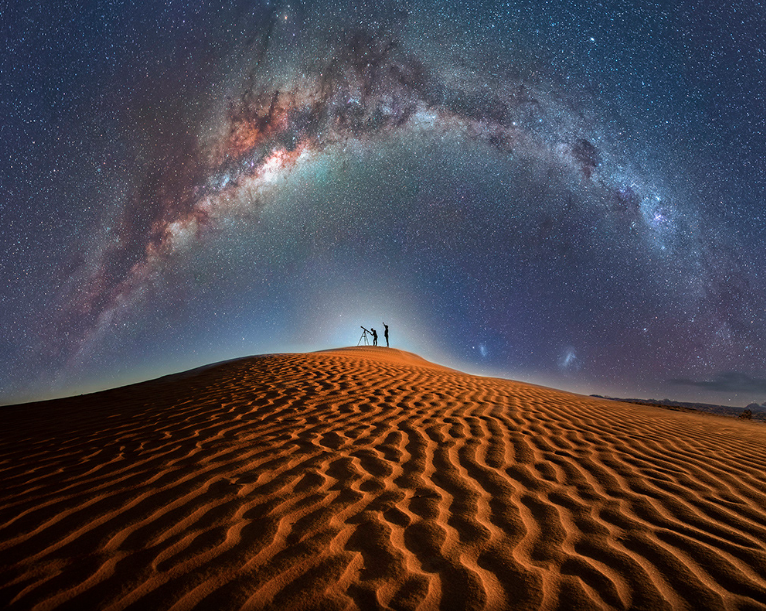[ad_1]

PHOTO COURTESY OF KATRINA HEMANN
Reinbeck resident and now retired Grundy County Fair photographer Janet Schildroth pictured at the fairgrounds in Grundy Center during fair week in a previous year.
GRUNDY CENTER – A familiar face behind the lens at the Grundy County Fair has elected to hang up her camera strap after years of capturing special moments throughout the fairgrounds each July.
Reinbeck resident Janet Schildroth – affectionately known as ‘Grandma Janet’ to area schoolchildren and 4-H/FFA members alike – switched gears this year, moving from fair photography to other volunteer avenues at the annual county fair which took place last month from July 17-22.
“Janet has been a wonderful addition to our volunteers for the Grundy County Fair for many years. She spends countless hours taking photos of events going on at the fair, especially focusing on the behind-the-scenes,” Grundy Co. Fair Board member and primary fair photographer Katrina Hemann said. “She is fondly called ‘Grandma Janet’ throughout the fairgrounds, and [exhibitors] and visitors alike know to smile for her camera. She will be greatly missed as her presence was a constant on the fairgrounds!”
While Hemann has been the fair’s official photographer for 13 years, she said Schildroth has been her official helper for at least the last five years.
“I get photos when I can,” Hemann explained, “but being on the [fair] board and having a daughter still showing, I can’t get to everything, so we had Janet help out. … [S]he has done a fantastic job at not only capturing precious moments but really being able to tell stories with her photos. She has a knack for capturing pure moments of joy and getting fantastic candids.”
When asked to comment on her ‘retirement’ from fair photography, Schildroth – ever humble – respectfully declined, choosing instead to focus on the members of the fair board and the incredible work they do to make the Grundy County Fair a success each year.
Grundy County Fair Board officers currently include president Jared Gutknecht, vice president Kyle Dudden, treasurers Jodi Michael and Justin Lynch, and secretary Clay Geitter.
Fair board directors include Katrina Hemann, Brandon VanLoh, Dr. Kurt Steckelberg, Gavin Dudden, Justin Thesing, Curt Kyhl, Jason Scafferi, Kerri Lynch, Jody Peters, Bryan Moeller, Renee Messmore, Ryan Woebbeking, Jason Steinmeyer, Justin Lynch, Luke Kjormoe, and Jenny Meyers.
“The fair board members are very committed and do a lot of work,” Schildroth said of the board, which includes her daughter Jodi Michael. “[They all] work hard to make it an ‘All-American’ county fair.”
Despite stepping back from her official role, Schildroth could be found volunteering at the fair again this year, Hemann said.
“She was able to help this year with taking tickets in our 1851 Pavilion, so we’re crossing our fingers you’ll still see her helping now and then at the All-American Grundy County Fair.”
The Grundy County Fair ended on Saturday, July 22 with 24 static/non-livestock 4-H projects selected for the Iowa State Fair which takes place Aug. 10 through Aug. 20.
Grundy County 4-H members whose projects will be on display in the Bruce L. Rastetter 4-H Exhibits Building include Christian Meester, Charlie Wessels, Kinzee Hemann, Westen Steinmeyer, Will Rogers, Anna Meyers, Daniel Hommel, Ryder Messmore, Bentley Beenken, Anna Goodman, Page Messmore, Madi Traeger, Dalton Boldt, Avery Smith, Collin Primus, Colton Rogers, Lizbeth Meester, Cameron Sieh, Owen Primus, Levi Sieh, Greely Everts, Kennedy Cole, Melanie Meester, and Kennedy Brant.
[ad_2]
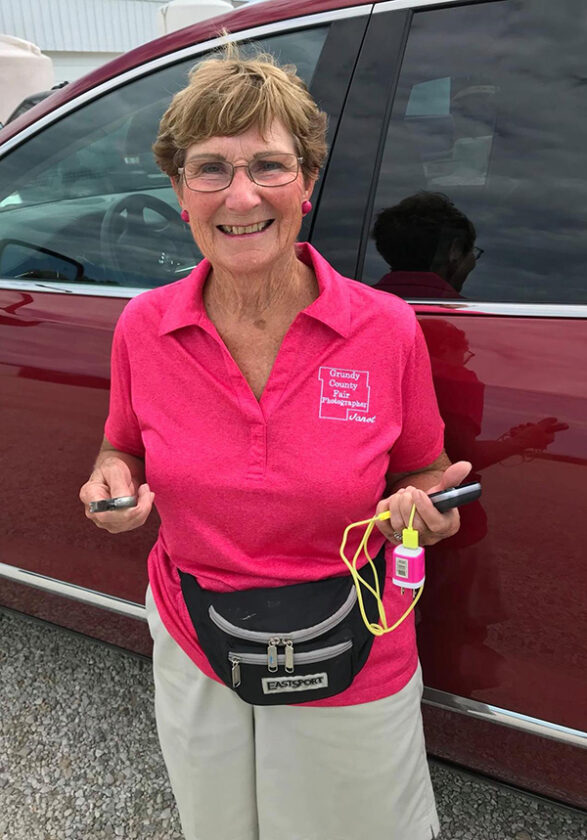
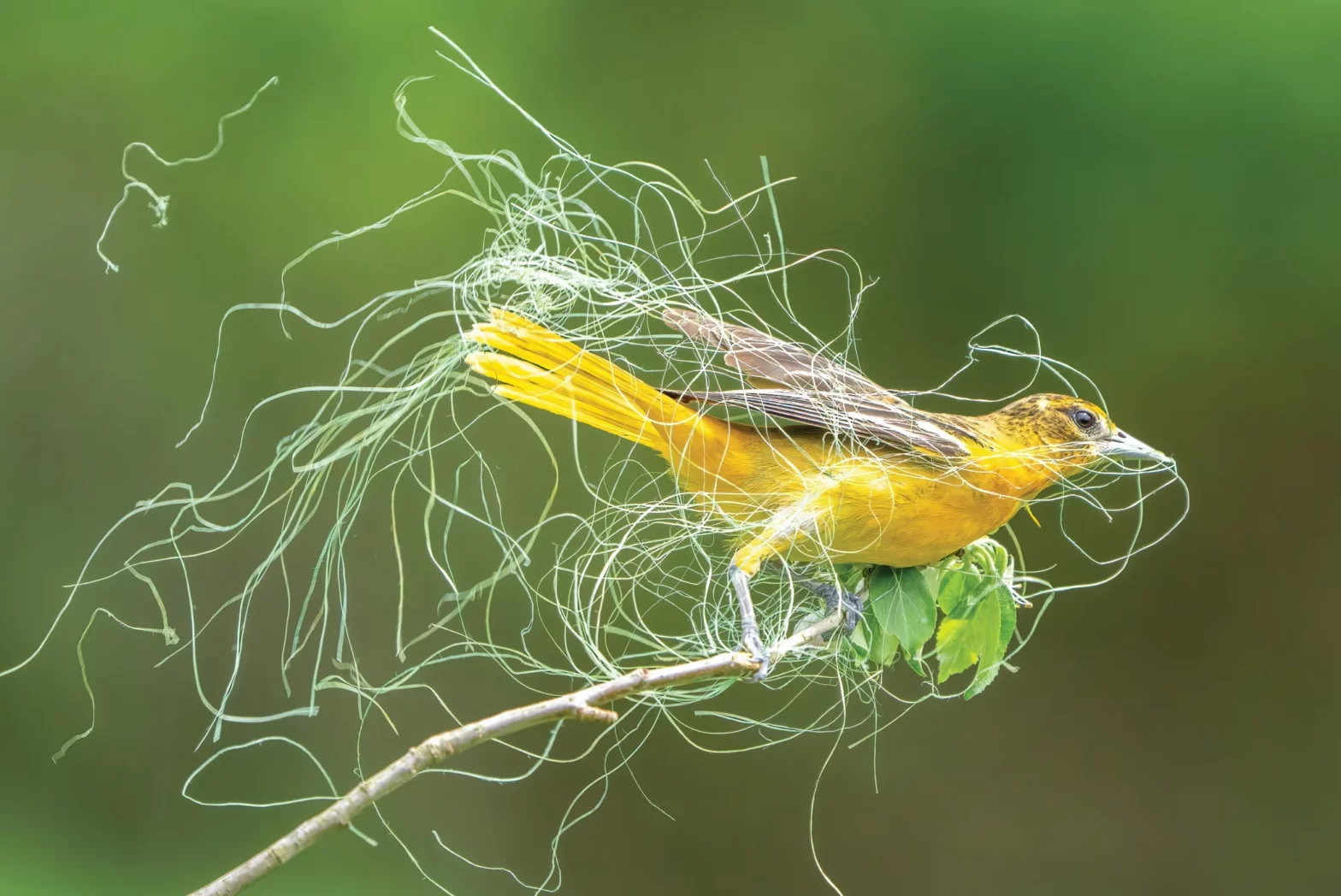

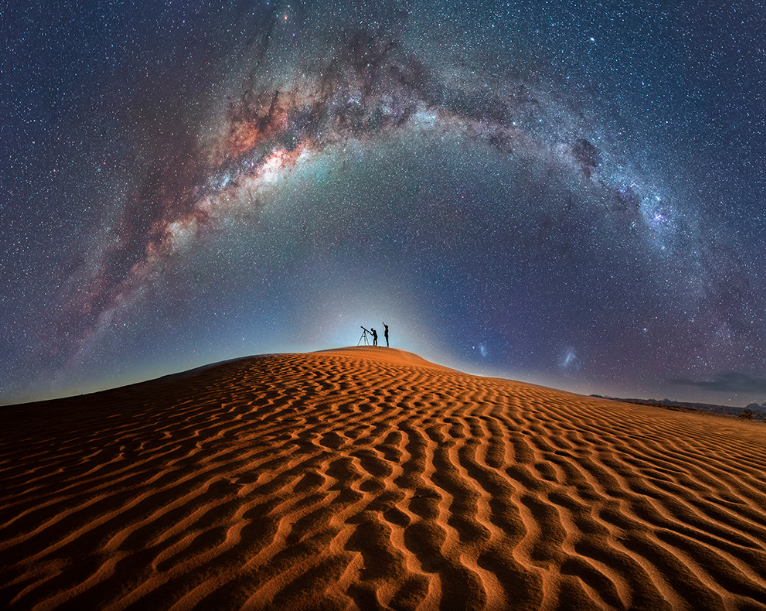
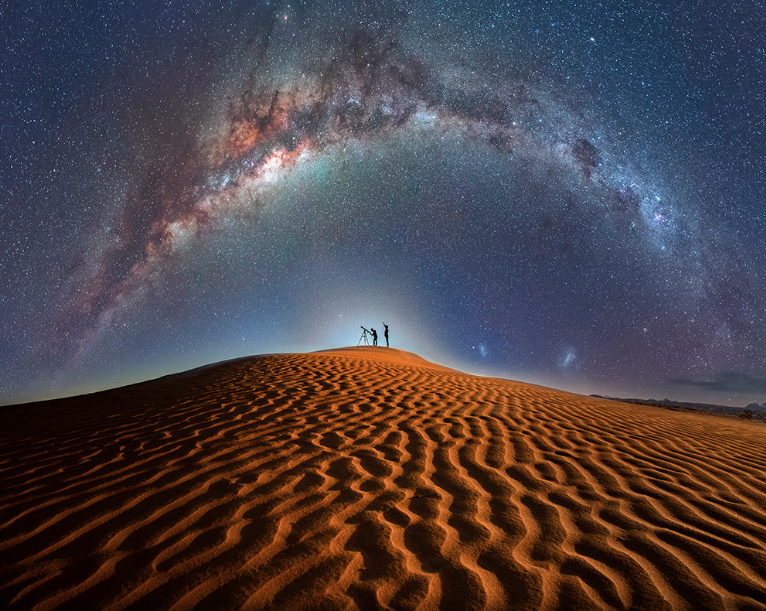
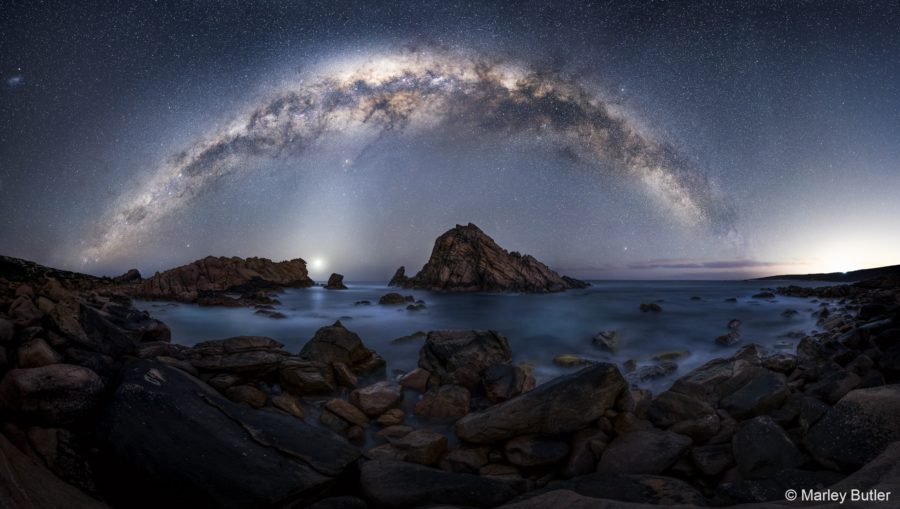
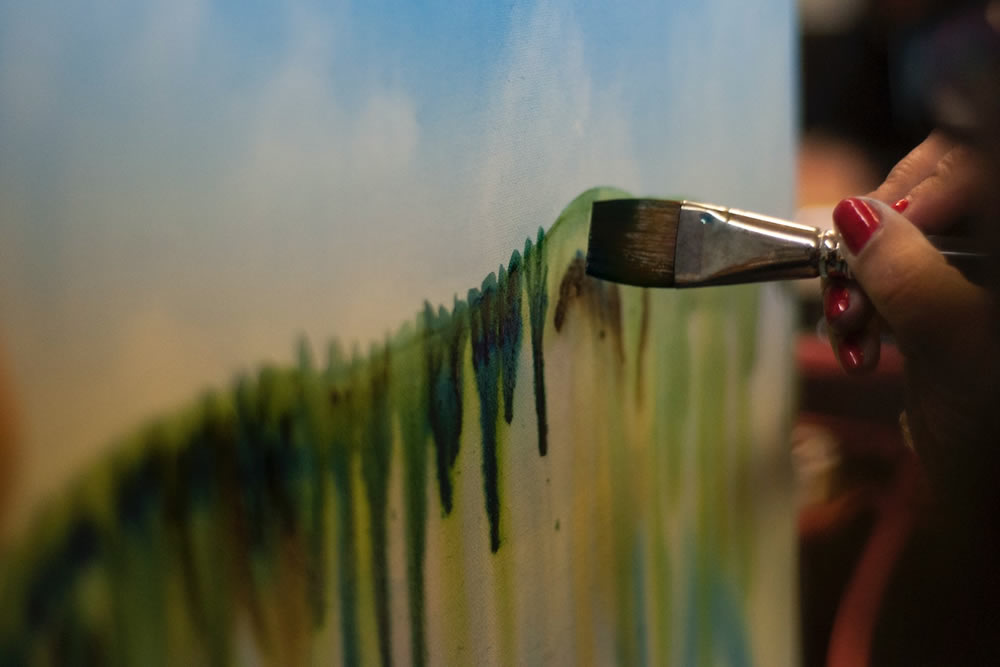
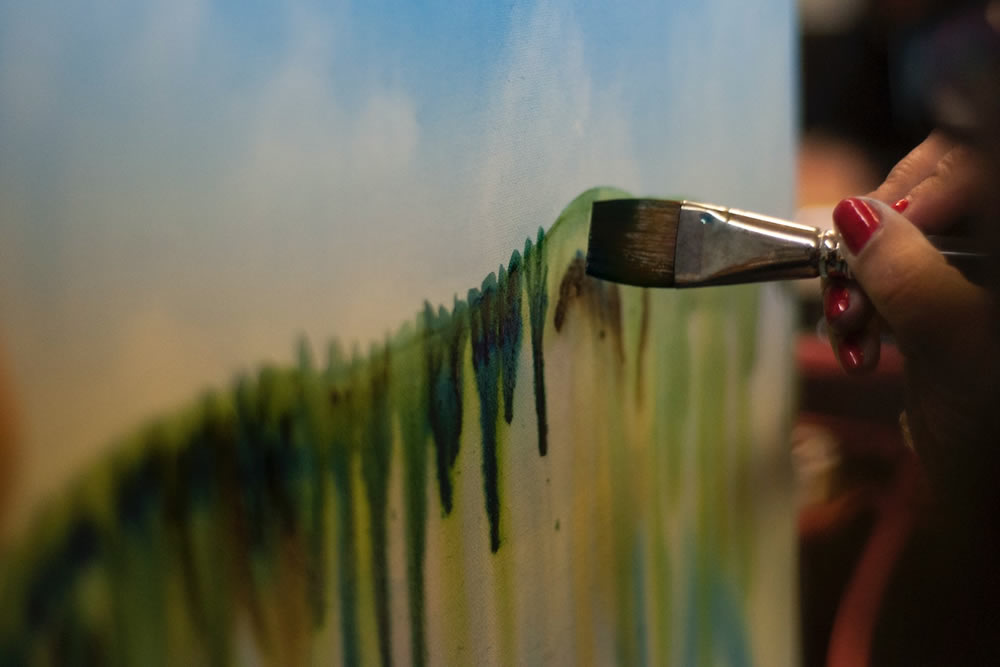
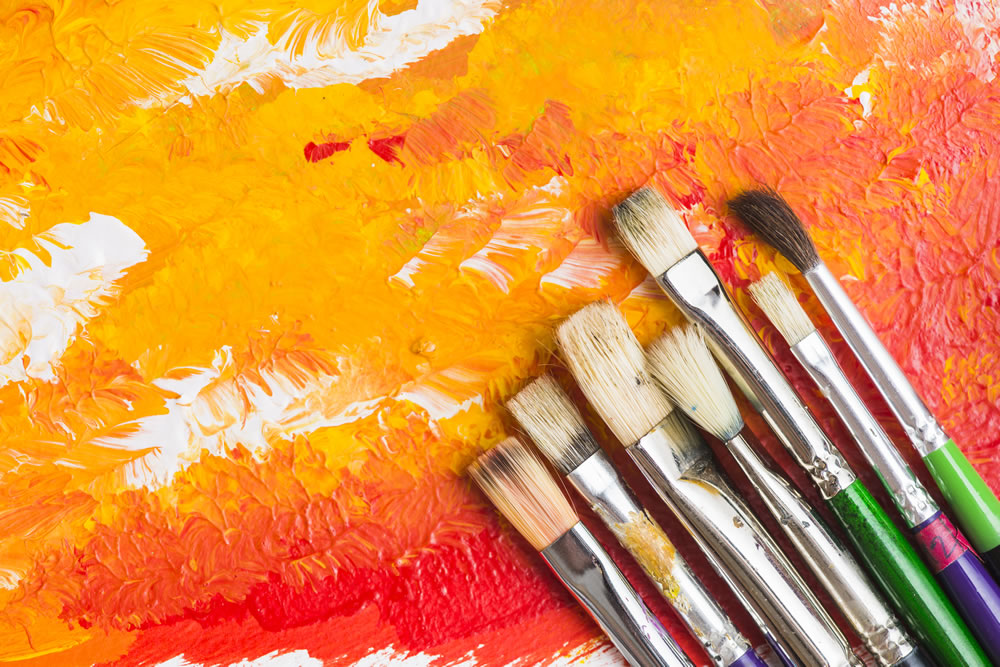
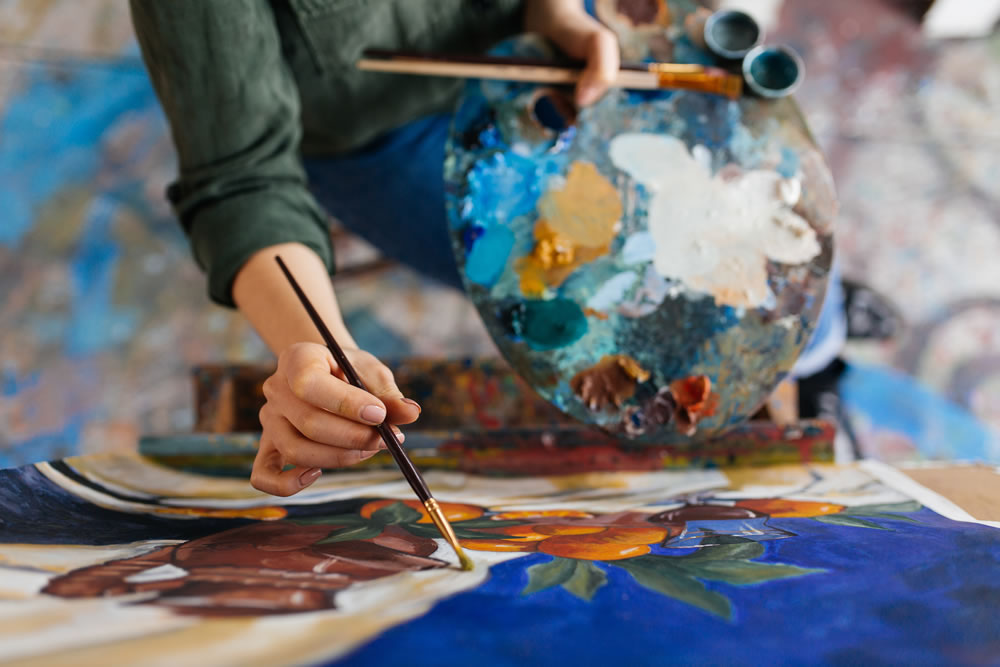
 LAS CRUCES — For Elizabeth Abrams, the art of photography offers an opportunity to connect deeply with the world around us, especially in the form of nature.
LAS CRUCES — For Elizabeth Abrams, the art of photography offers an opportunity to connect deeply with the world around us, especially in the form of nature. Elizabeth Harvey Abrams is a nature photographer and interdisciplinary artist. She grew up in Alamogordo and Las Cruces with multiple generations of farming and ranching on both sides of her family. Abrams returned to Las Cruces after a 15-year career in federal government and related work in Washington, D.C. After changing careers, she now practices as a mental health counselor focusing on grief, trauma, and ecotherapy.
Elizabeth Harvey Abrams is a nature photographer and interdisciplinary artist. She grew up in Alamogordo and Las Cruces with multiple generations of farming and ranching on both sides of her family. Abrams returned to Las Cruces after a 15-year career in federal government and related work in Washington, D.C. After changing careers, she now practices as a mental health counselor focusing on grief, trauma, and ecotherapy.